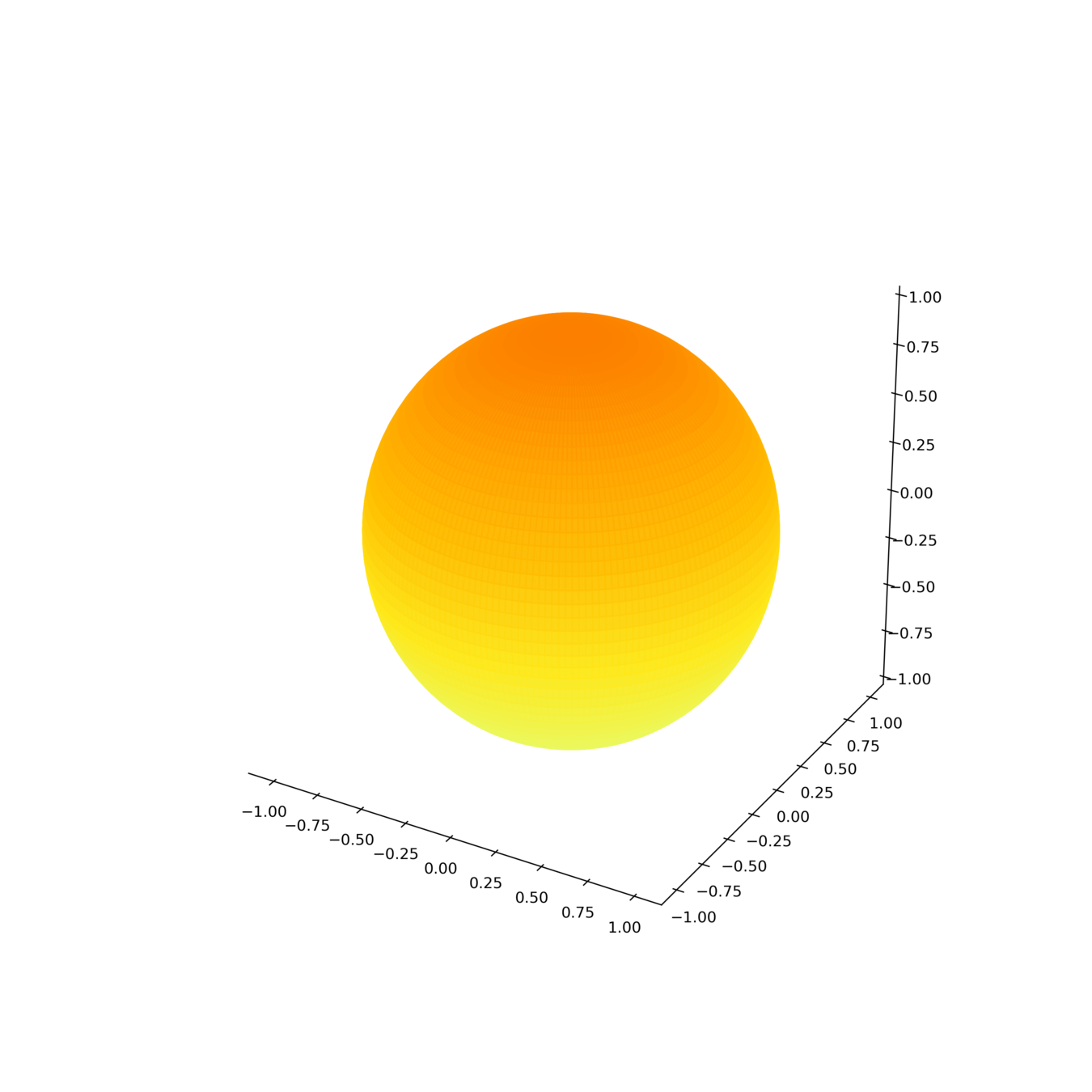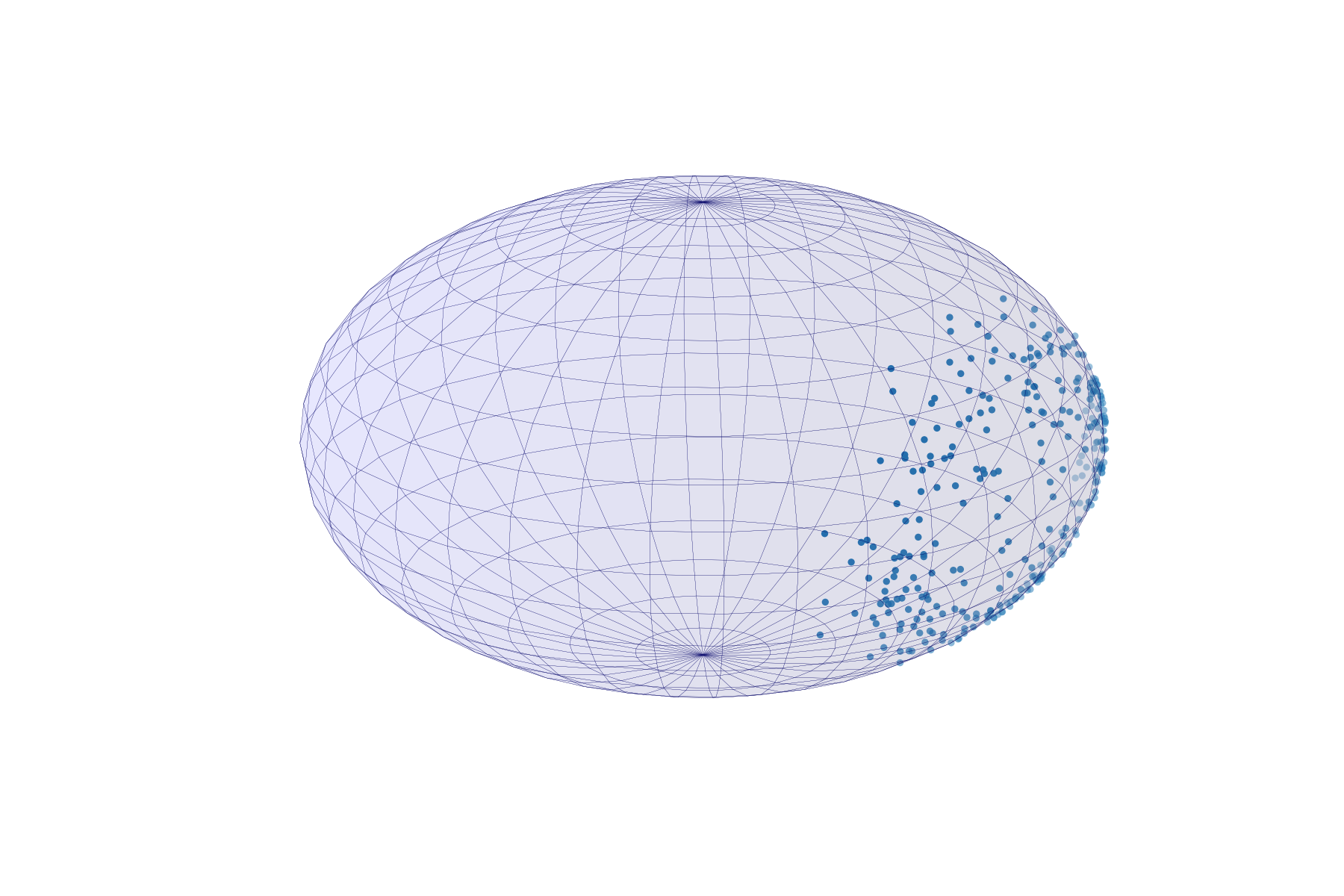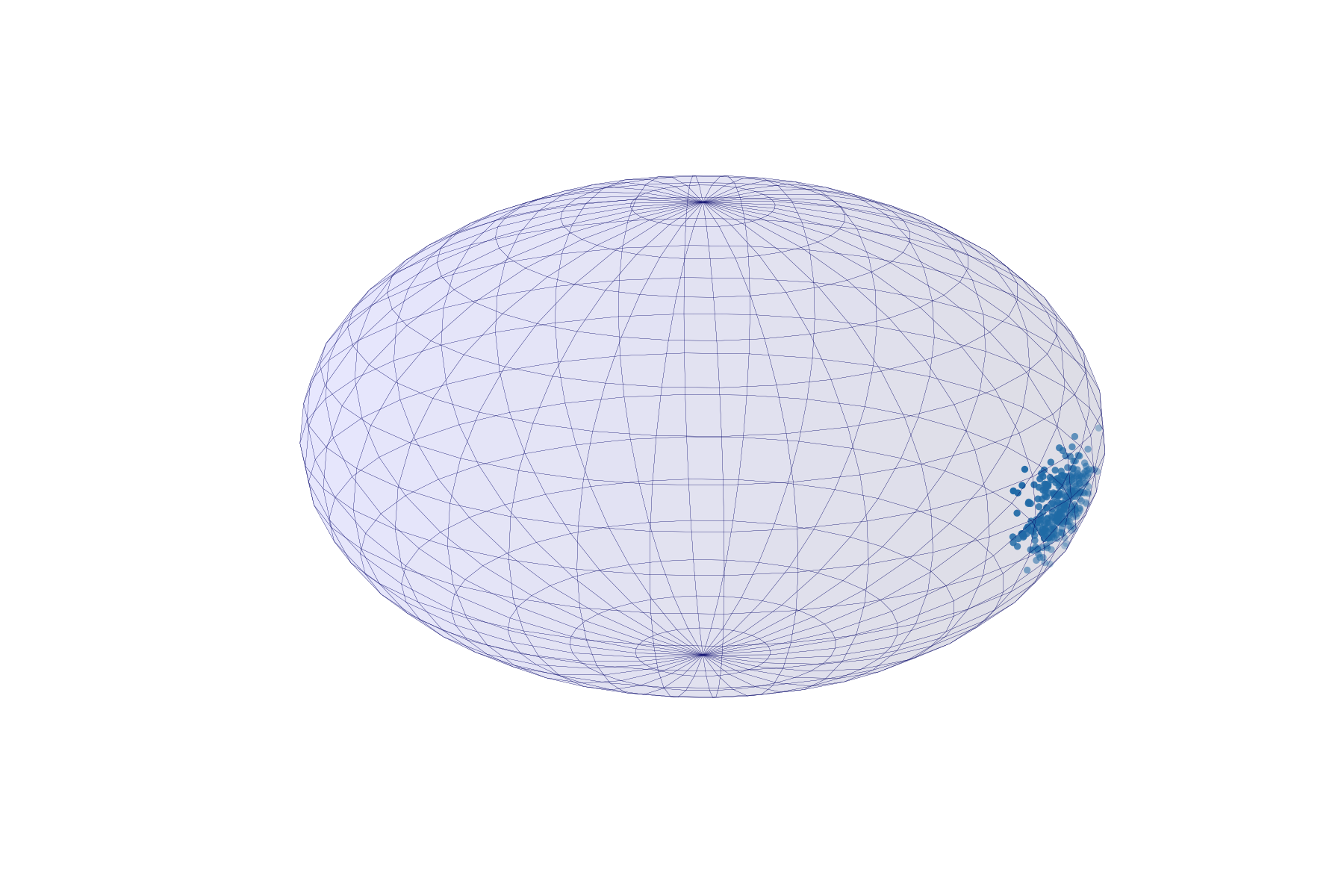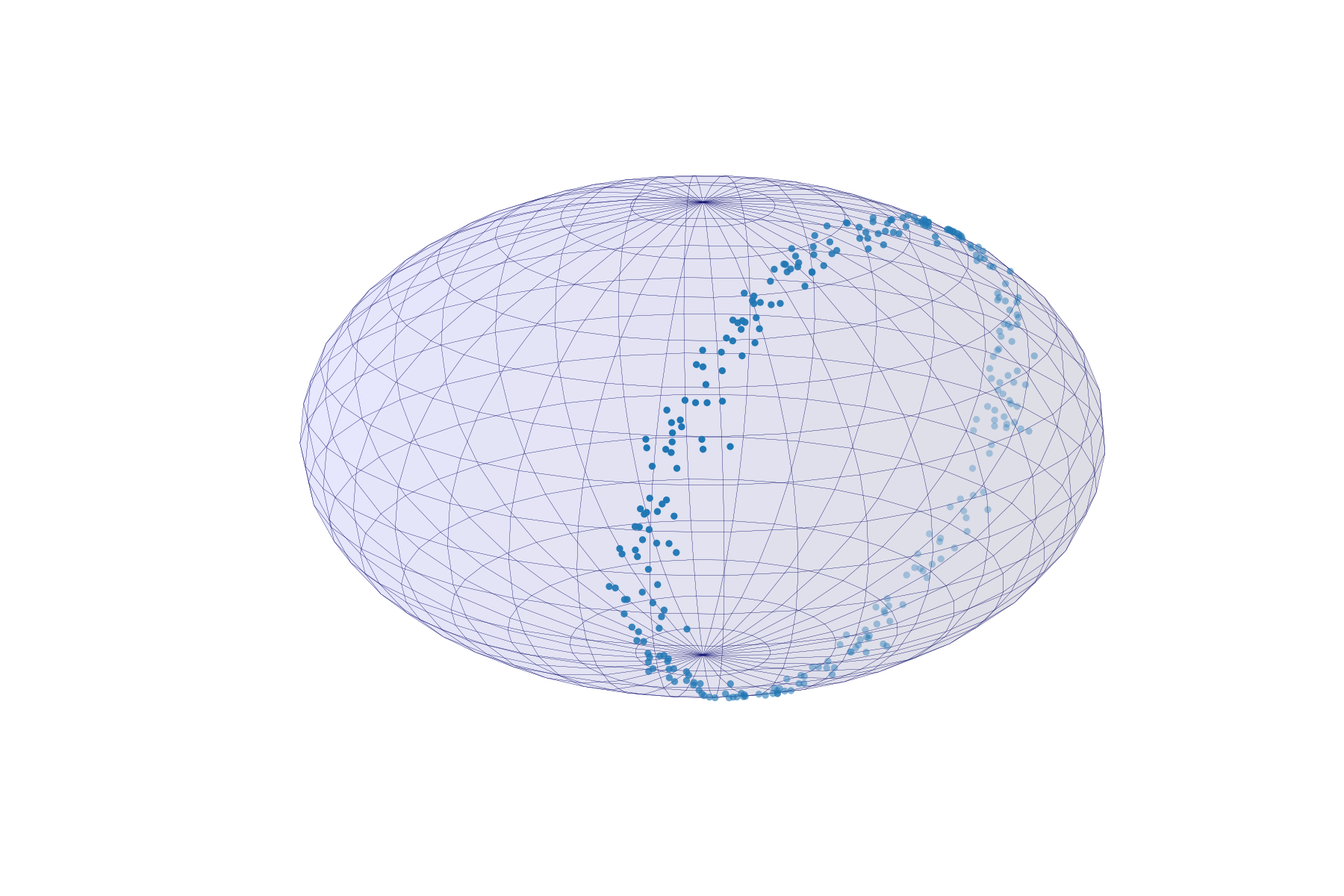Asymptotic behavior of Brownian motion maximum log-likelihood means

Pernille E.H. Hansen
University of Copenhagen

Content of talk
- Mean values on shape spaces
- The BM-maximum likelihood mean
- Law of Large Numbers
- Central Limit Theorem
- Example

Statistics on shape spaces

Medical Images


The sphere
Manifolds
Mean value?


Expected value:
Sample estimator:
Uniqueness, LLN, CLT
Fréchet mean

The Riemann center of mass of a random variable is
If then is the Fréchet mean of
For , the sample Fréchet function
and sample Fréchet means
Estimation
Uniqueness, LLN, CLT
Limitation:
is not smooth on all of
Brownian motion maximum log-likelihood means

Heat kernel on manifolds

is called a heat kernel on if
- M compact: Unique solution
- Else: Unique minimal solution


smooth manifold
A map
Brownian motion on manifolds

A Brownian motion on is a Markov process with transition density function
Brownian motion on manifolds
A Brownian motion on is a Markov process with transition density function
Given
mean point of
most likely origin points of

Brownian motion maximum log-likelihood mean
For , the (BMML)-likelihood means of a random variable
are the minimizers of the likelihood function


Estimation
For the sample likelihood function is
with sample likelihood means
Can we say something about:
- (LLN)
- (CLT)
measurable selection.
Fix
Law of large numbers
Fix
- (ZC) of Ziezold if
- (BPC) Bhattacharya and Patrangenaru if

We say that is a SCE in the sense of
Law of large numbers
Fix

- satisfies (ZC) if either
- has compact support
- for all
-
satisfies (BPC) if
- satisfies (ZC)
- Heine-Borel property of
- (A coercivity condition)
Riemannian manifold,
*(Huckemann, 2010)
compact Riemannian manifold
- satisfies (ZC)
- satisfies (BPC) if
Central Limit Theorem
and Smeariness
Central limit theorem & smeariness
on with
smeary:
Note: CLT 0-smeary
CLT:

Central limit theorem & smeariness
smeary
on Riemannian manifold
Define
Does it there exist st is ?
smeary

Let be a chart with
smeary
Central limit theorem
Fix
Riemannian manifold,
- (Uniqueness):
- (LLN): satisfies (BCP):
- (Taylor Expansion): There exist
Assume:

is
smeary
with
and
The Example

What are the log-likelihood means and is the estimator smeary?
Does the answer depend on and ?
The Fréchet means


Unique Fréchet mean
and 0-smeary (CLT)
Unique Fréchet mean
and 2-smeary
Infinitely many means

*Stephan Huckemann & Benjamin Eltzner (2018)
For there exist
such that
Unique likelihood mean
and 0-smeary (CLT)
Unique likehood mean
and 2-smeary
Infinitely many means
The likelihood means

Summary
- (LLN) strong consistency of the likelihood estimator
- (CLT) smeariness of the likelihood estimator with Gaussian limit
- An example of both 0- and 2-smeariness
We have presented sufficient conditions for

Thank you for your attention!
Law of large numbers
Fix

- satisfies (ZC)
- satisfies (BPC) if
compact Riemannian manifold,
Central limit theorem
Fix
Riemannian manifold,
Then for any measurable selection is holds that
Assume (Uniqueness), (LLN) and (Taylor Expansion)
where
